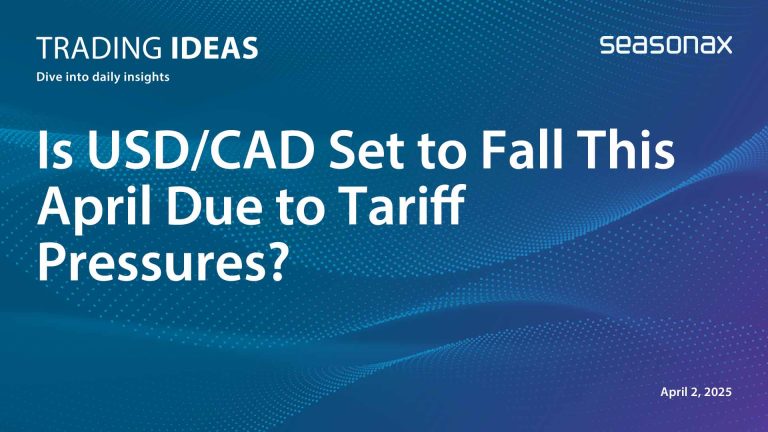The moves in the USDCAD are impacted by a complex interplay of commodity prices (Canada is a major oil exporter), monetary policy divergences between the Bank of Canada and the Federal Reserve, incoming economic data points centering around growth and inflation dynamics, as well as broader global trends for the USD. So, projecting the fundamental bias for the USDCAD is a complex and changing pursuit.
However, one seasonal factor for the pair is that we are now approaching a season for weakness for the USDCAD and an average fall of nearly 1.50 % between March 15 and April 15. So, if there is a sudden strong reason for falling USD and rising CAD keep this seasonal period of weakness in mind!
Check out the video for more details!
The major trade risk here is that previous seasonal patterns don’t necessarily repeat again this year.
Remember, don’t just trade it Seasonax It!
